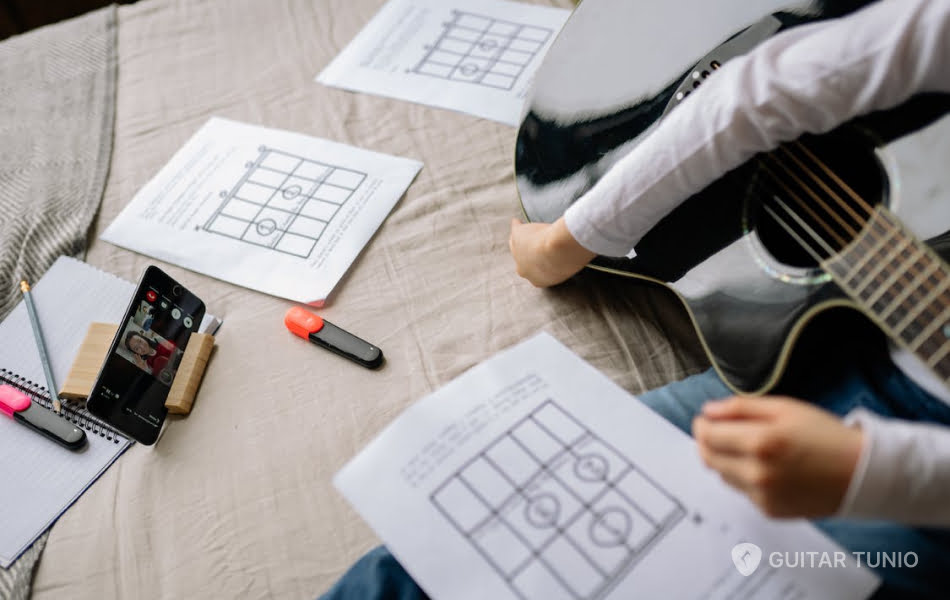What Is A Rhythm Guitar And Rhythm Guitar Techniques
Rhythm guitar is indeed an indispensable technique for guitar enthusiasts to create vibrant and emotional music. While many beginner guitarists focus on learning how to hold the guitar and basic chords, developing solid rhythm guitar skills is essential for becoming a well-rounded player.
What is a rhythm guitar?
A rhythm guitar is a term used to describe the role and technique of playing guitar that focuses on providing the rhythmic and harmonic foundation in music. It refers to the guitarist's responsibility for maintaining the pulse, groove, and overall rhythm of a song.
In a band or ensemble setting, the rhythm guitar player typically plays chords or chord progressions that support the melody and other instruments. They emphasize the underlying beat, strumming or picking patterns, and maintaining a consistent rhythmic feel throughout the song.
Setting the tempo, building a strong rhythmic foundation, and giving the music a harmonic framework are all tasks that the rhythm guitar does. The player contributes to the overall sound and energy of a song by picking or strumming the strings in a variety of patterns and methods, including strumming, palm muting, arpeggiation, and chord stabs.
While lead guitarists frequently play melodic and soloing parts, the rhythm guitarist is critical for keeping everything together since they supply the necessary rhythmic and harmonic support. Rock, pop, blues, funk, reggae, and other genres all frequently feature rhythm guitars in their arrangements.

Why You Should Learn Rhythm Guitar
Rhythm guitar is one of the hardest guitar playing techniques to master, but it's also one of the most important components of the instrument. Getting the hang of the fundamentals might be challenging, but hopefully now that you have a basic understanding of some rhythm tricks and methods, you're well on your way to improving.
Numerous advantages come from learning it:
- Raises timing proficiency
- Simpler to use to begin
- Gives you the freedom to follow the route of your choosing; you can always study lead guitar later!
- You will be on the right track to mastering all seven of these rhythm guitar techniques after you have learned them.
Techniques for playing the rhythm guitar
Strumming
Master different strumming patterns by using a pick or your fingers to strum across the strings. Practice strumming with a consistent rhythm and experiment with varying dynamics and accents.

Chord Transitions
Focus on smooth and seamless transitions between chords. Practice shifting between different chord shapes efficiently and cleanly.
Palm Muting
Place the edge of your picking hand lightly on the strings near the bridge to produce a muted, percussive sound. This technique adds a rhythmic punch and can be used to emphasize certain beats or create a tighter sound.
Higher Frets
Learn to use the higher frets to become a more well-rounded guitarist. In the higher frets, there are two methods to play: Use a capo and become familiar with the movable barre chords. A capo is a quick and easy tool to immediately expand your playing's dynamic range. The movable barre chords will require a little more practice, but the effort will be worthwhile in the end. To learn some of the higher chords, try this practice.
The following information provided was helpful in improving your understanding of guitar rhythms and playing techniques. Regular practice is indeed essential for improving your guitar skills. Additionally, utilizing helpful tools like the Guitar Tunio app can further enhance your learning experience and progress on your musical journey. Remember to stay dedicated and enjoy the process of learning and playing the guitar.








